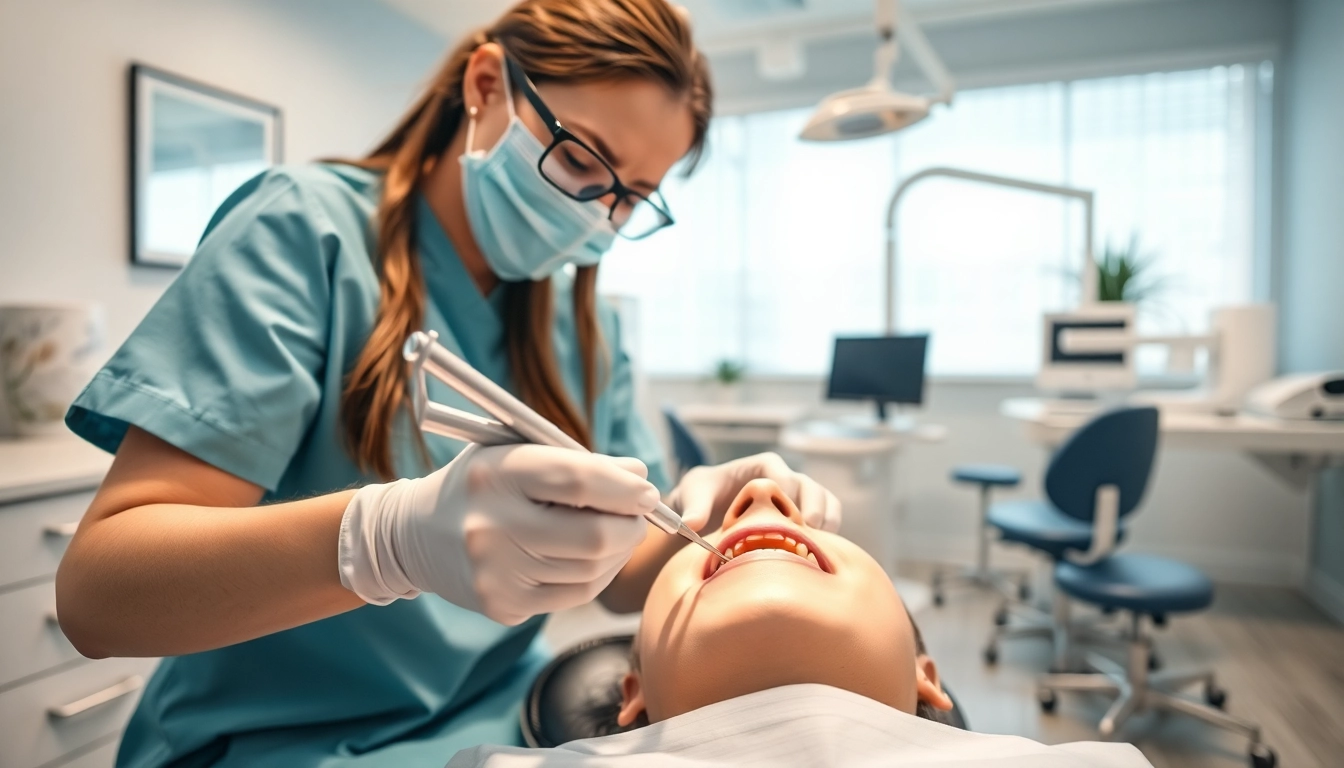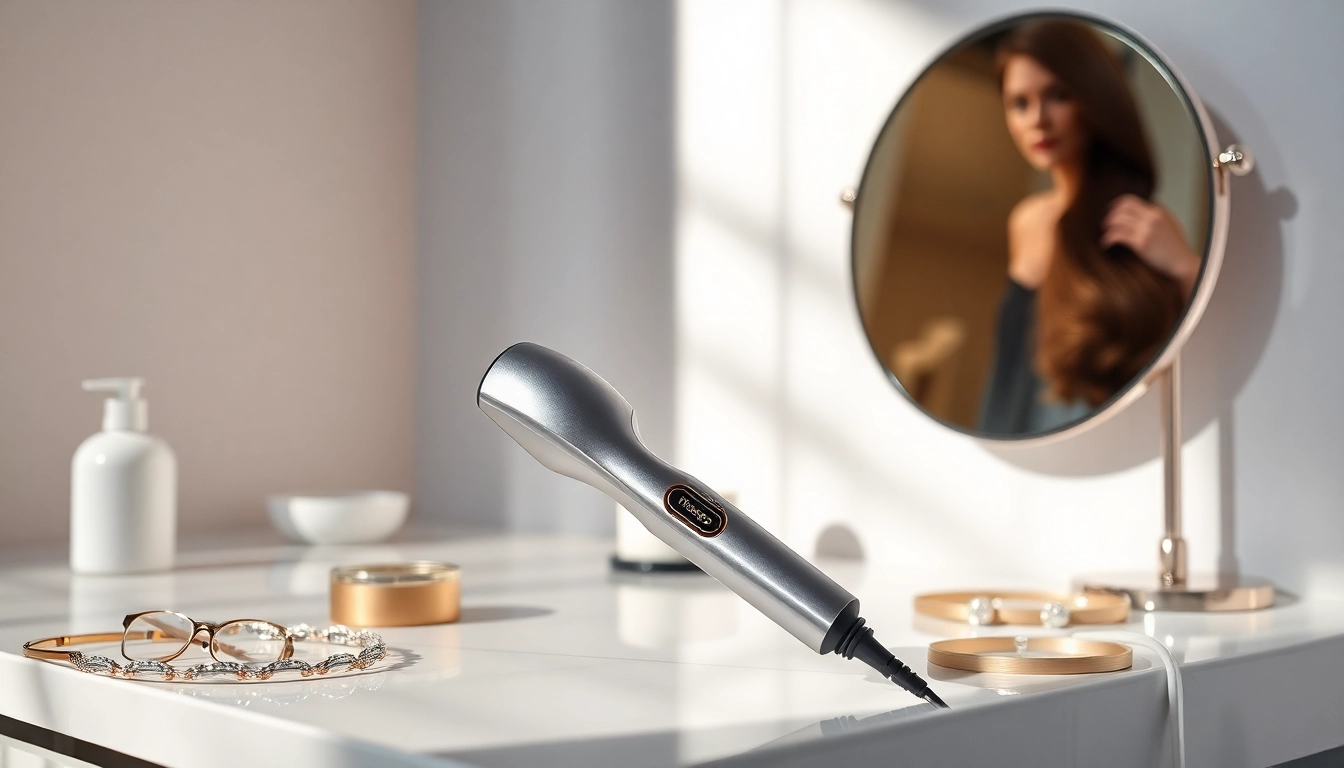Understanding Facial Balancing with Fillers
What is Facial Balancing?
Facial balancing is a cosmetic procedure aimed at enhancing the symmetry and proportion of the face. It involves strategically placing dermal fillers in specific areas to correct asymmetry, enhance features, and restore volume lost due to aging or other factors. The goal of facial balancing is not merely to enhance individual features but to create an overall harmonious and youthful appearance. Each person’s face is unique, and the treatment is tailored to individual anatomical structures and aesthetic goals, leading to personalized results that reflect one’s natural beauty.
Why Choose Fillers for Facial Enhancement?
Fillers serve as a versatile tool in facial aesthetics, offering a range of benefits for individuals seeking enhancement. They are commonly used because they provide immediate results with minimal downtime compared to surgical options.
One of the primary reasons to choose fillers for facial enhancement is their ability to add volume to areas that have lost elasticity and fullness over time. This is particularly beneficial for those who wish to restore a youthful look without undergoing invasive procedures. Additionally, fillers can smooth out wrinkles and fine lines, enhance lips, and lift sagging skin, all contributing to a more youthful and rejuvenated appearance.
Moreover, dermal fillers are made from hyaluronic acid, a substance naturally found in the body, making them safe and effective. Such properties reduce the risk of adverse reactions and make recovery quick and easy for patients. For those searching for options on facial balancing with fillers near me, exploring local treatment centers can provide more insight into their utilization.
What to Expect During a Consultation
A consultation is an essential first step in the facial balancing process. During this meeting with a qualified professional, you can expect to discuss your aesthetic goals and concerns in detail. The practitioner will assess your facial structure, determine the areas that require enhancement, and recommend a personalized treatment plan that aligns with your vision.
It’s important to arrive at the consultation prepared with questions. Inquire about the types of fillers that may be recommended, the techniques that will be used, and what the expected outcomes are. Additionally, understanding the qualifications and experience of the practitioner can help ensure that you receive the highest standard of care.
Benefits of Facial Balancing with Fillers
Enhanced Facial Proportions
One of the most significant benefits of facial balancing with fillers is the enhancement of facial proportions. Most aesthetic ideals revolve around the concept of symmetry, and fillers can effectively alter aspects such as the chin, cheeks, and lips to create a more proportionate look. By adding volume and contour to targeted regions, fillers can ameliorate certain features, balancing the overall appearance.
For instance, enhancing the cheekbones can lift the appearance of the face, while defining the jawline can give a more structured look. Such enhancements not only contribute to a better balance but also create a youthful contour that many seek to achieve.
Boosting Confidence and Self-Esteem
Beyond physical improvements, facial balancing with fillers can have profound psychological benefits. Many individuals find that enhanced features lead to a boost in self-esteem and confidence. A more balanced and symmetrical face can improve an individual’s perception of themselves, potentially leading to more positive interactions in social and professional settings.
It’s common for those who undergo facial balancing to report feeling more attuned to their appearance and more inclined to engage socially. The confidence gained from looking one’s best can also translate into a more empowered life overall.
Minimally Invasive Procedure Advantages
Minimally invasive procedures, such as facial balancing with fillers, stand out because they require little to no downtime. Unlike surgical procedures, which may involve a lengthy recovery period, dermal fillers allow individuals to resume their daily activities shortly after treatment. This is particularly appealing for busy professionals who may not have the time to dedicate to recovery.
Additionally, the risks associated with fillers are generally lower than those linked to surgical options. While there can be mild swelling and bruising following the procedure, these symptoms usually resolve quickly, allowing patients to enjoy their results with minimal interruption to their daily lives.
Choosing the Right Provider for Facial Balancing
Key Qualifications to Look For
When considering facial balancing with fillers, selecting the right provider is crucial. Look for practitioners who have a strong background in aesthetic medicine, particularly those who specialize in facial injectables. Board-certified plastic surgeons or dermatologists with experience in administering dermal fillers are often recommended, as they possess the necessary skill to navigate facial anatomy safely and effectively.
It’s also beneficial to check if the provider continues their education in cosmetic procedures, ensuring they stay updated on the latest techniques and products. This commitment to ongoing learning demonstrates their dedication to delivering optimal results and patient safety.
Importance of Client Reviews and Testimonials
Client reviews and testimonials are invaluable resources when vetting a provider for facial balancing. Feedback from previous patients can provide insights into the practitioner’s technique, professionalism, and the overall experience during treatment. Look for before-and-after photos, as they can give you a visual representation of the results you might expect.
Engaging with past clients, whether through online reviews or in-person testimonials, can help you gain confidence in your choice. Positive experiences can indicate a high level of skill and patient satisfaction, further swaying your decision toward that particular practitioner.
Questions to Ask Before Treatment
Before undergoing facial balancing, it’s important to have a thorough discussion with your provider to address any concerns and ensure you are well-informed about the process. Here are several questions you may consider asking:
- What specific fillers do you recommend for my treatment, and why?
- Can you walk me through the procedure?
- What should I expect during recovery?
- Are there any potential risks or side effects I should be aware of?
- How many treatments will I need to achieve my desired result?
These inquiries help establish a clear understanding between you and your provider, fostering a trusting relationship.
Post-Treatment Care and Maintenance
Essential Aftercare Steps
After receiving facial fillers, proper aftercare is essential to ensure optimal results and minimize potential complications. Key aftercare tips include:
- Avoiding strenuous exercise and heavy lifting for at least 24 hours post-treatment to reduce swelling.
- Staying hydrated to aid in the healing process.
- Refraining from touching or massaging the treated areas for a few days to allow the fillers to settle properly.
- Applying cold compresses to alleviate swelling and discomfort if necessary.
Following these guidelines can significantly ease your recovery and enhance the longevity of your results.
When to Schedule Follow-Up Appointments
Follow-up appointments can be crucial in ensuring your results are satisfactory and consistent with your aesthetic goals. Generally, a follow-up visit should be scheduled about two weeks after your initial treatment. This provides enough time for any swelling or bruising to subside, and the practitioner can assess the results and make adjustments if necessary.
Additionally, regular check-ups can help monitor the longevity of the fillers. Knowing when it’s time for a touch-up can maintain your enhanced appearance over time.
Signs of Complications to Watch For
While complications from dermal fillers are rare, being vigilant can help you identify potential issues early. Signs of complications include:
- Excessive swelling or bruising that lasts more than a week.
- Persistent pain or discomfort in the treated area.
- Redness or warmth that could indicate infection.
If you experience any of these symptoms, it’s crucial to contact your provider immediately for assessment and guidance.
Frequently Asked Questions about Facial Balancing
How Long Do Results Last?
The longevity of results from facial balancing with fillers can vary based on several factors, including the type of filler used, the areas treated, and individual metabolic rates. Generally, most fillers provide results lasting between six months to two years. For example, hyaluronic acid fillers can last around six to twelve months, while others may last longer.
To maintain the desired look, regular touch-ups are recommended as the filler gradually disintegrates within the body.
Are There Any Side Effects?
Like any cosmetic procedure, facial balancing with fillers may carry some side effects. Common side effects include temporary swelling, bruising, and redness at the injection sites. Rarely, more serious side effects can occur, such as allergic reactions or certain complications affecting the blood vessels. It’s essential to discuss these potential risks with your provider to make an informed decision.
Is Facial Balancing with Fillers Right for Everyone?
Facial balancing with fillers is suitable for many individuals seeking to enhance their facial aesthetics, but it may not be right for everyone. People with certain medical conditions or those who are pregnant may need to delay treatment. A comprehensive consultation with a qualified provider can determine the appropriateness of fillers based on individual health history and aesthetic goals.
Ultimately, the right candidates for facial balancing are those looking for a non-invasive solution to improve facial harmony while achieving natural-looking results.















Leave a Reply